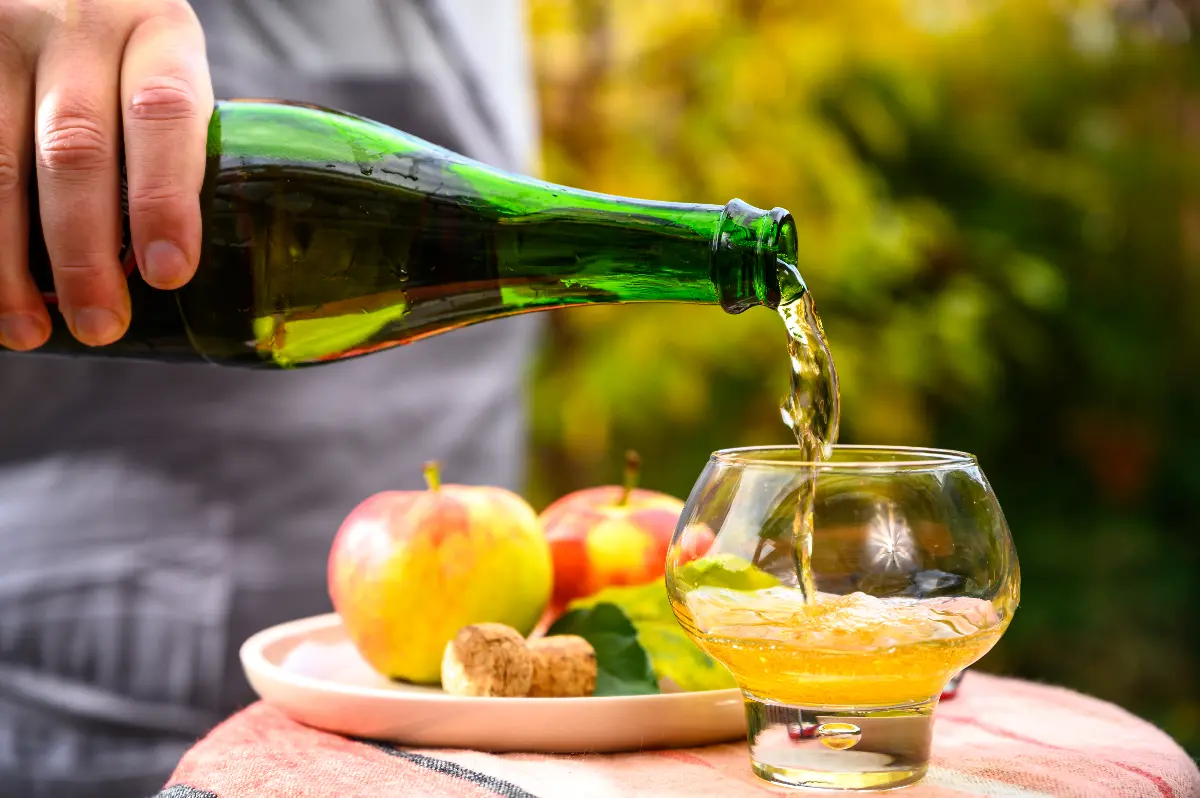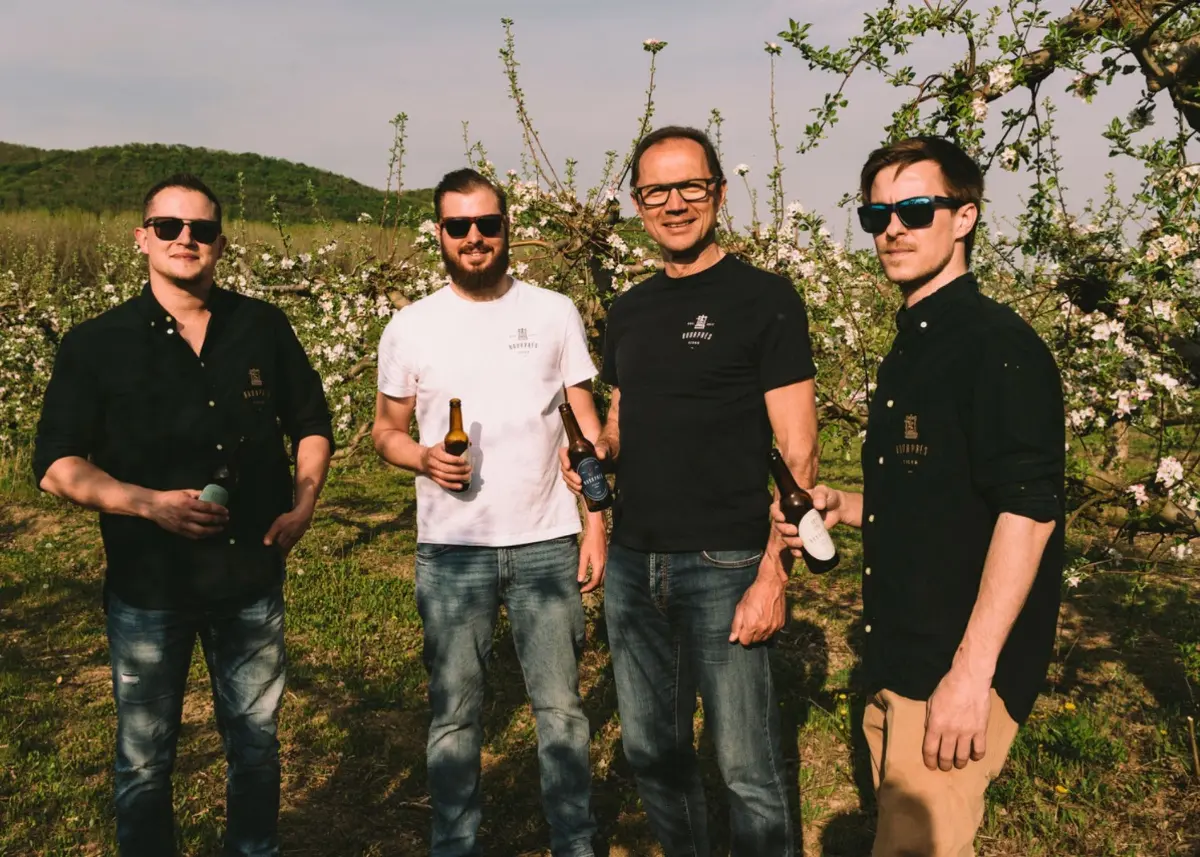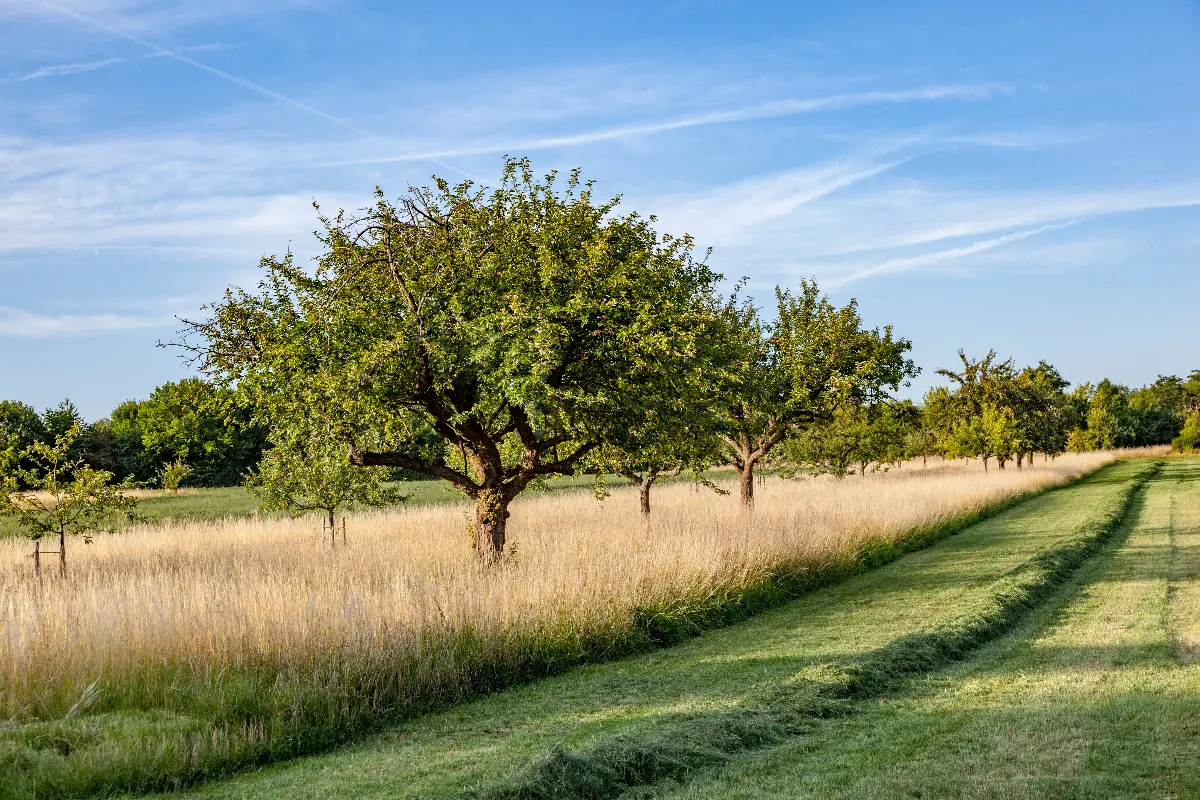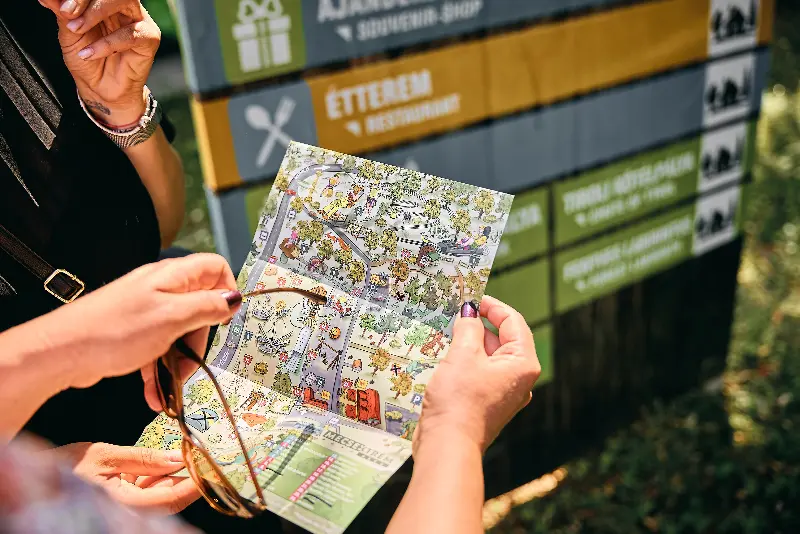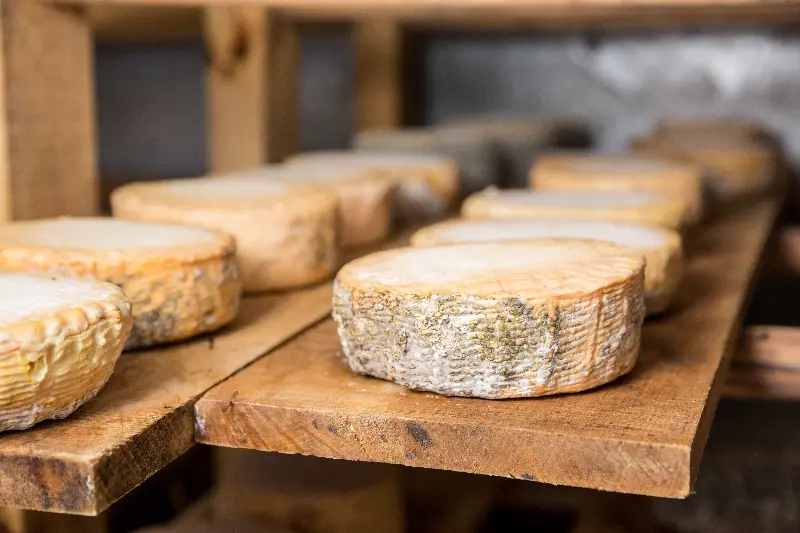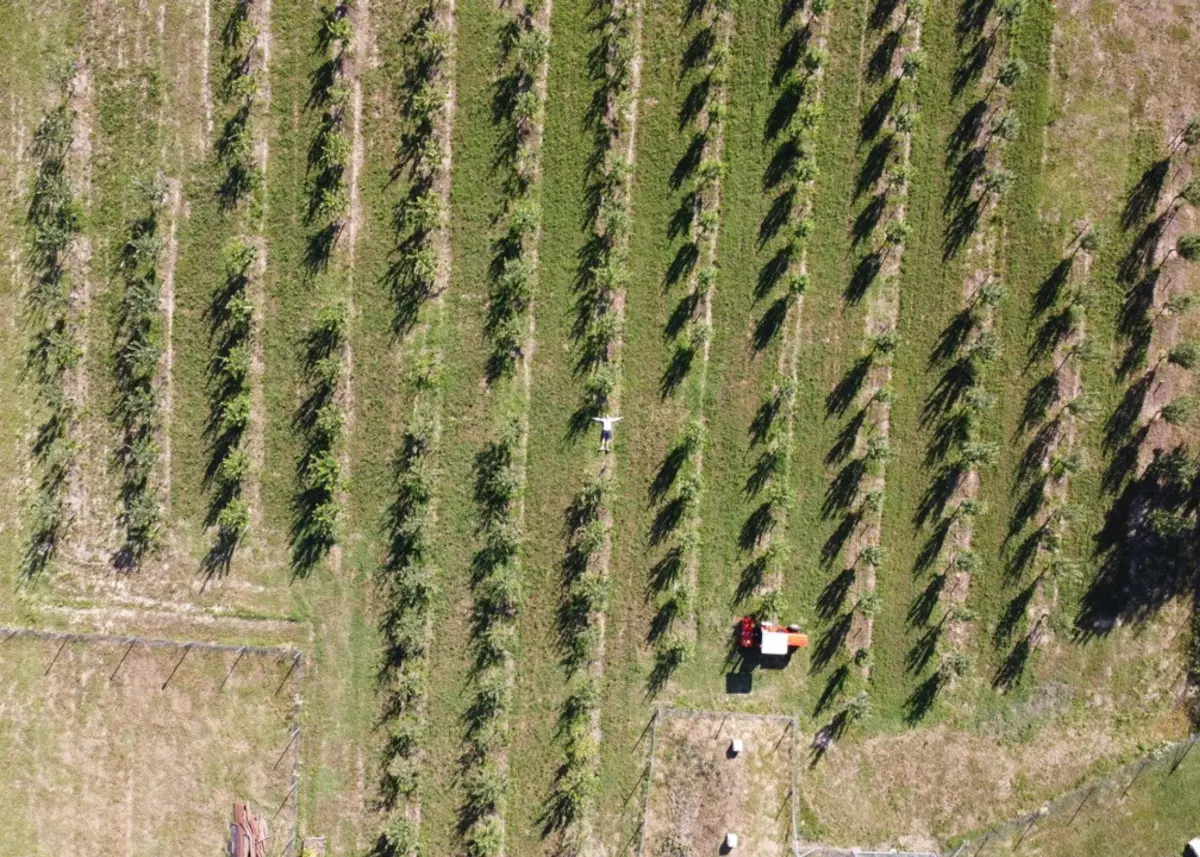
Helyszín címkék:
No need to travel all the way to England for a good cider: the “BudaPrés” (BudaPress) presents the best of apples
Mészégető Marcsi
It comes in a beer bottle, but is closer to wine, with the significant difference that it is carbonated. If you had to introduce cider to someone who has never tasted it, where would you start?
Haberl Dániel: It is worth starting with the origin of the drink, as it can explain a lot. Cider comes from Normandy, France, but also developed in England at the same time. The English nowadays drink it as an alternative to beer, available in half-litre bottles or in draught form. The French, on the other hand, store their drinks in champagne bottles with mushroom-shaped stoppers and carefully select the cider to match the dish from the list of ciders. The connoisseur of cider and food pairings has even a name: “pommelier”. So, I would say to a novice cider taster that it is a wine, but it is important to remember that it is apple-based, so it is quite different from a wine made from grapes. Furthermore, the drink is made from a cider apple specially bred for cider in whole or in part. This apple is closer to the crab apple and smaller than eating apples, so there is more skin per unit of pulp. The amount of skin is important because 95% of the apple's flavour is in its skin.
How is cider made?
H. D.: It is important to distinguish the artisan from the large factory-made. The latter is made from concentrates with the addition of apple flavouring. During preparation, the acidity and sugar content of the drink are adjusted. The ciders known to the general public contain 86 grams of sugar per litre, which is one of the reasons why they are so different from the craft version. Artisan cider is made from fresh apples, with no added flavouring and minimal sweetening. The vintages of an artisan cider are very different. Apples from the same partner became 6.5% alcoholic one year and 9% the next, simply because the fruit received more sunshine and had a higher sugar content in the second year. But getting back to the process, cider making is seasonal, as apples have a ripening period from September to November. At “BudaPrés” (BudaPress) we hand-pick, sort and process the fruit, then soak it in its skins, ferment it and, depending on the desired result, work it further to produce ciders of different types and maturation times.
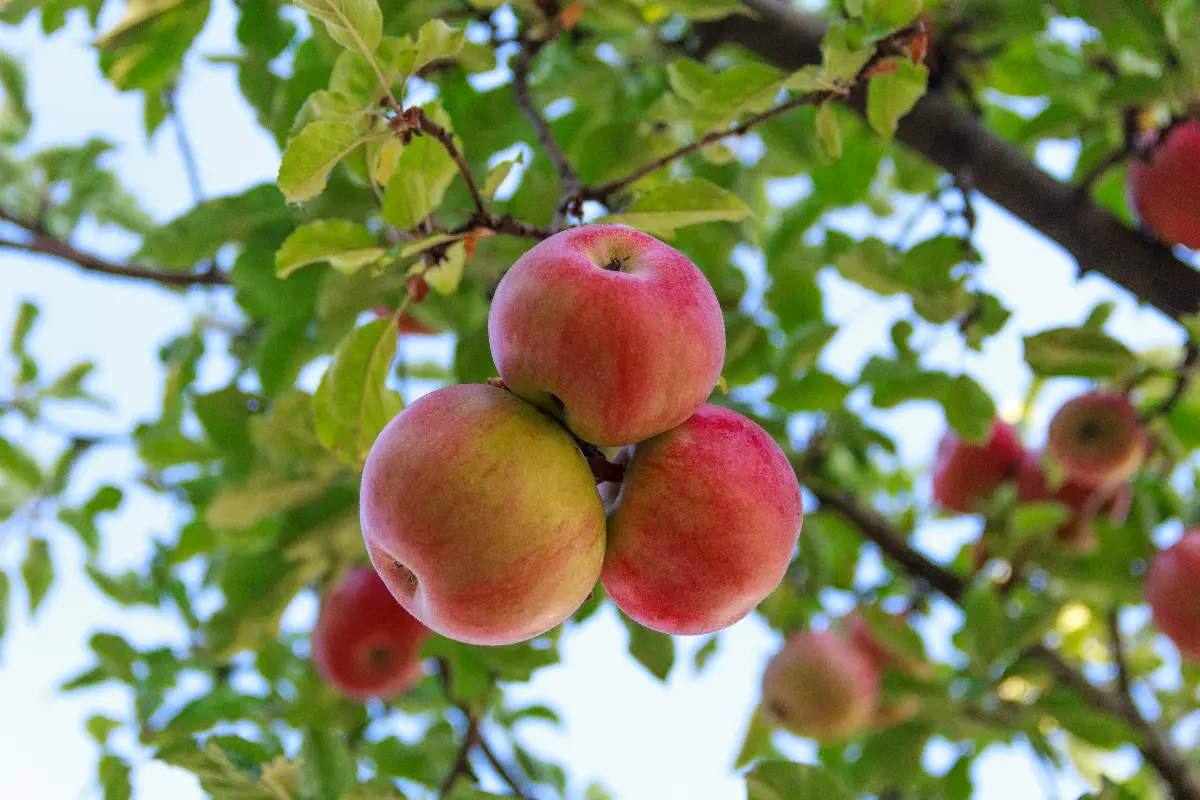
"Artisan cider is made from fresh apples, with no added flavouring and minimal sweetening."
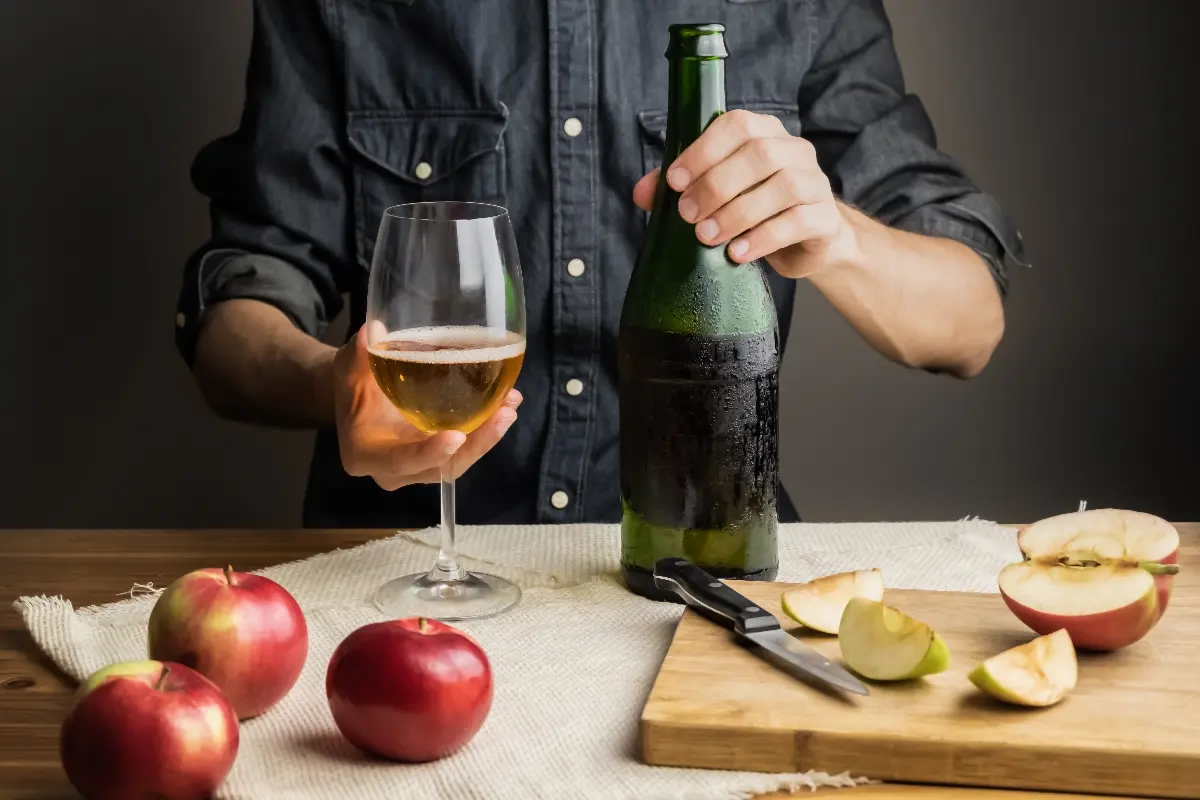
You learned to make cider in England, but do you remember what it was like to drink real cider for the first time?
H. D.: Like most people, I first encountered the factory-made version. Then, thanks to my sister, who has been living in England for many years, I got to know the world of cider better. As I tasted more and more, not only in England, but also in France and Spain, the picture began to emerge of the huge differences between cider and cider, depending on where in the world it is made. Spanish cider, known there as “sidra”, is mostly a still drink, not carbonated and is very acidic. In England, the high tannin or tannic acid content means that the cider tends to be bitter.
It is no coincidence that you have a great sense of taste, having come to the world of cider from a background in viticulture and winemaking. You previously worked at St. Andrea and the “Haraszthy Pincészet” (Haraszthy Winery), how did these experiences shape you and “BudaPrés” (BudaPress)?
H. D.: I decided at a very young age that I wanted to work with wine. When I was 17, I worked as a trainee at St. Andrea's, and in the years since then I have only once been unsure about my career. But all my doubts vanished the moment I entered the wine cellar and smelled the familiar scent. I have been greatly influenced by these experiences. I designed Haraszthy's image, and the harmonious unity of packaging, a quality product and a matching visual identity has been important to me ever since. I learned a lot about love and humility for wine at St. Andrea's. Besides high quality, it is important for a brand to have a strong intrinsic value.
These are the two things I would highlight in the case of “BudaPrés” (BudaPress). Its attractive exterior and intrinsic value is indisputable.
H. D.: It is probably also because of my degree in marketing that I like to get involved with design and brand. The two apples in the logo on the labels, for example, refer to the fact that my father and I started the business together. But the names of the ciders go beyond themselves. For example, they can help you decide which to start with for a beginner taster. The “Kedvesem!” (My Darling!) is a lovely, flattering drink made from a blend of ciders, a great start. But the “Tisztás” (Glade) is also a good choice, as it is a clean cider made from one type of apple with the addition of organic yeast. The “Birs?” (Quince) and “(K)omlós” (Hops) have a more complex flavour. We created the former because we wanted a flavoured cider, which is how “Birs?” (Quince) was born, containing 20% quince. And with “(K)omlós” (Hops) we had a little taste of the world of beer: six types of hops were steeped in cider, resulting in a very exciting green tea, citrusy, elderberry-flavoured cider.
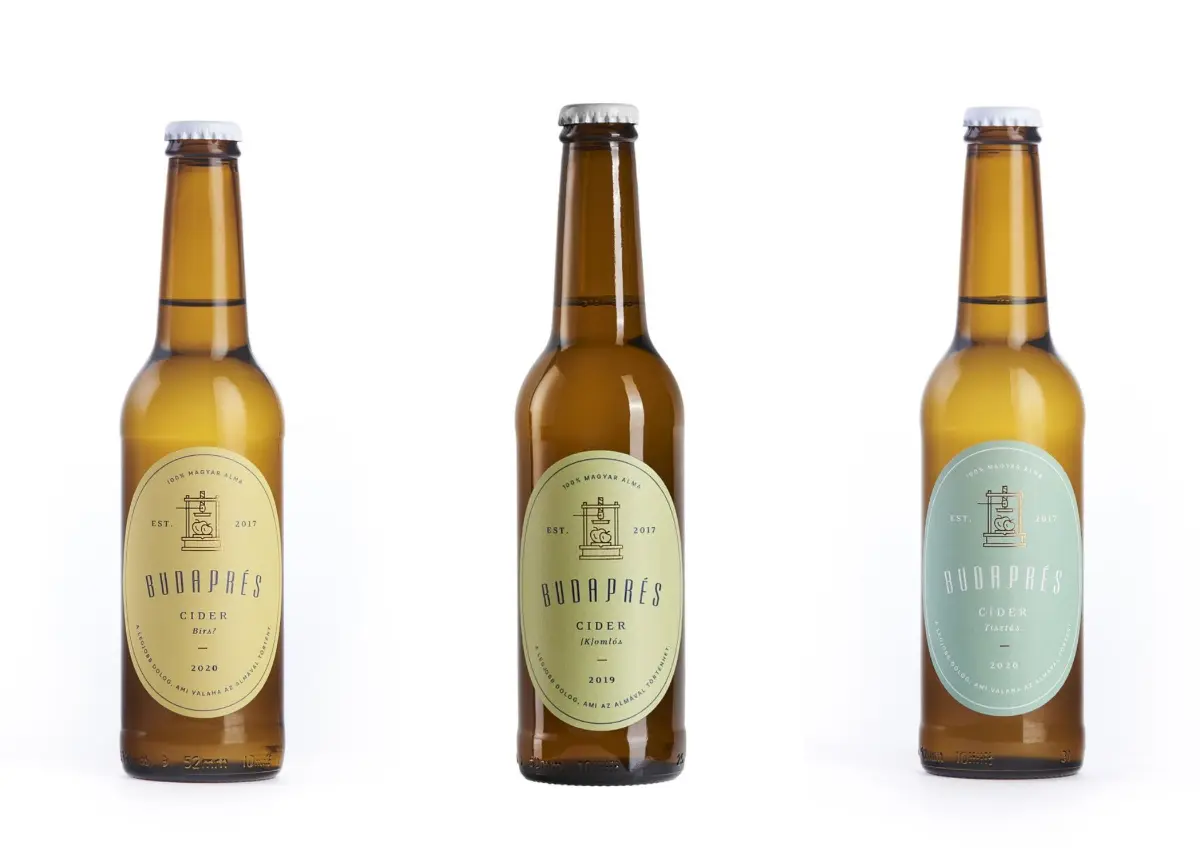
In 2021, you took a big step forward with the introduction of premium-category bottles alongside small bottles. How are these drinks different?
H.D.: The biggest difference is the ageing time. These ciders spend another year and a half or two years in the bottle after tank and barrel ageing, and are only released after about three to three and a half years. Within the premium category there is a special edition line, which now includes our pear wine, “Perry”, and we have also made two Pét-Nats. The latter is made using a special, traditional process: once the apple juice has started to ferment, it is put in a bottle to complete the fermentation process. The natural sugar in the fruit is then converted into alcohol and bubbles. The other branch of the premium line currently includes 3 ciders: the “Birtok” (Estate), the “Felhős” (Cloudy) and the “Alma” (Apple).
What are your plans for the future?
H.D.: On the one hand, we are busy working on our new cider winery in Etyek. We are also planting 3,000 new trees, the fruit of many years of work. For two years, an apple grower-expert and I had been selecting which varieties should be the best. We have now reached the point where we can plant the trees. Like all agricultural work, this is a slower process, but it is what teaches patience and humility.
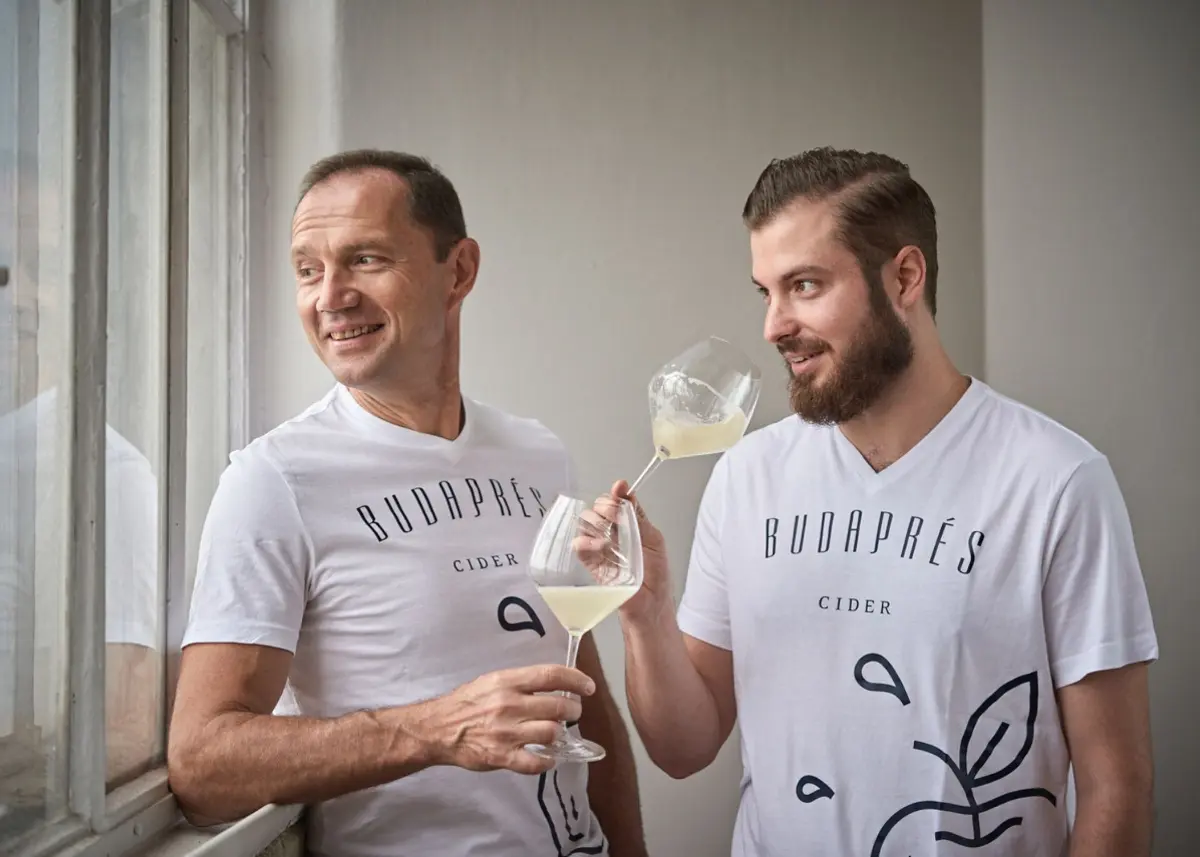
There seems to be a growing popularity of agriculture and a turn toward nature-based activities. What does it mean to you that your work is linked to the countryside and apple trees?
H.D.: I am from Budapest, I was nine years old when our family moved to Budakeszi, which I welcomed with jubilation. I was happy that we had a garden, that I could make a wooden sword with my grandfather, I liked being in nature. Somehow, it has always been close to me, and I have always loved hiking or being among the apple trees. It is a meditative experience.
Running a family business can add to the experience.
H.D.: We have always had a very good relationship in our family. My sister, although she is not at home, helps a lot with marketing, copywriting and she is our English supplier. Every time she comes home, she gives a tasting of the latest English ciders. My father is busy working on the new building and my mother helps where she can. Previously, I never saw my dad at work, but now I have the possibility to do so. Seeing him planning and negotiating with a partner is a great experience, and I am happy to witness it.
